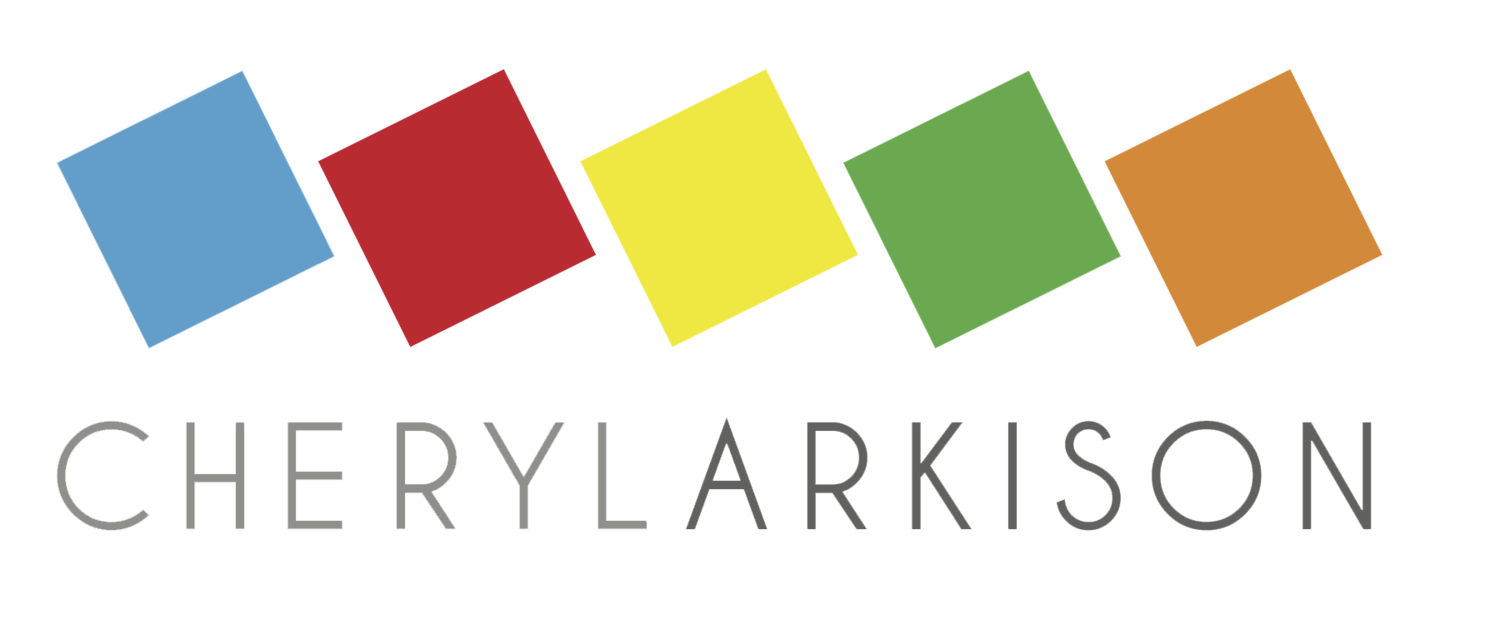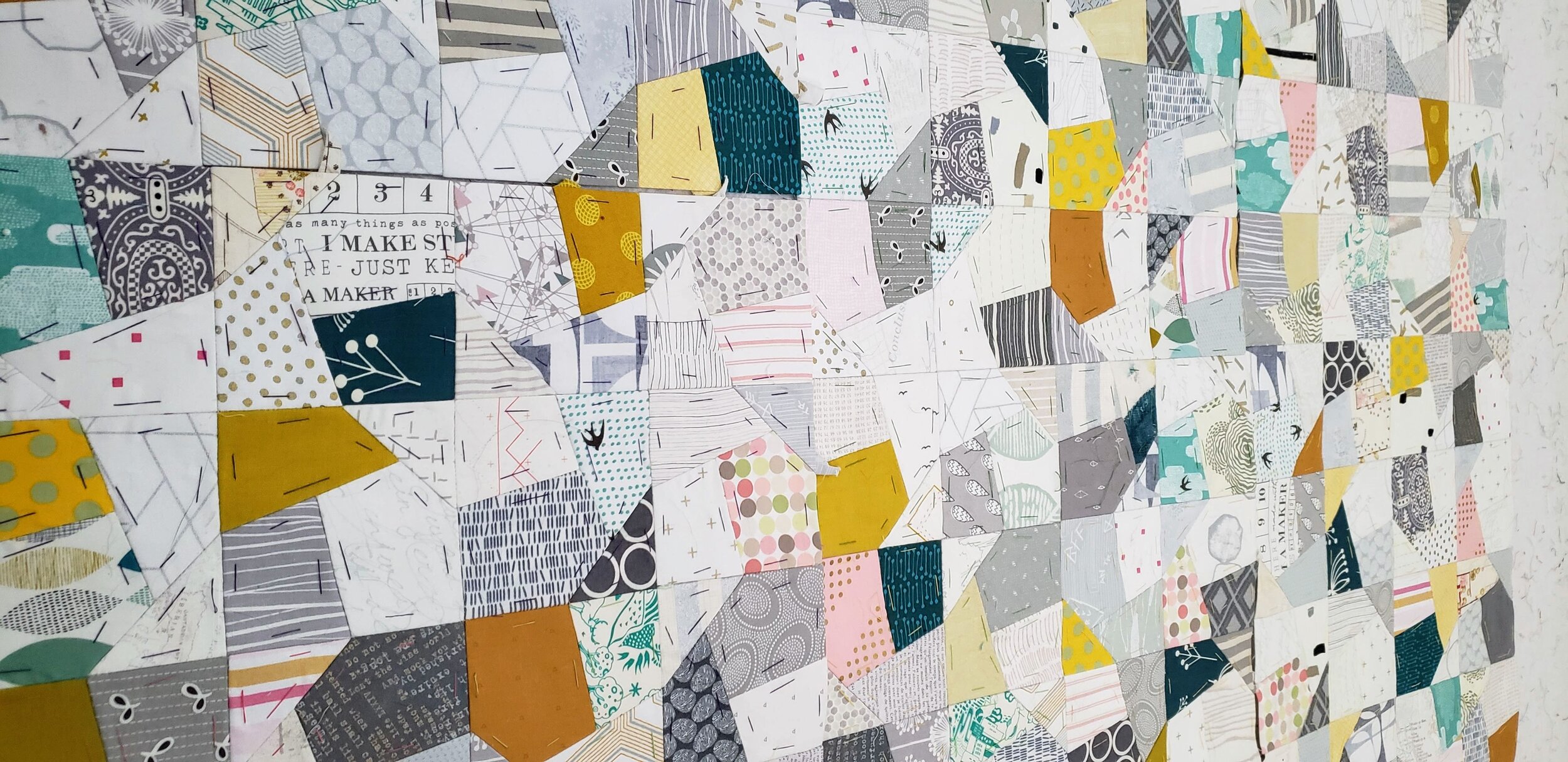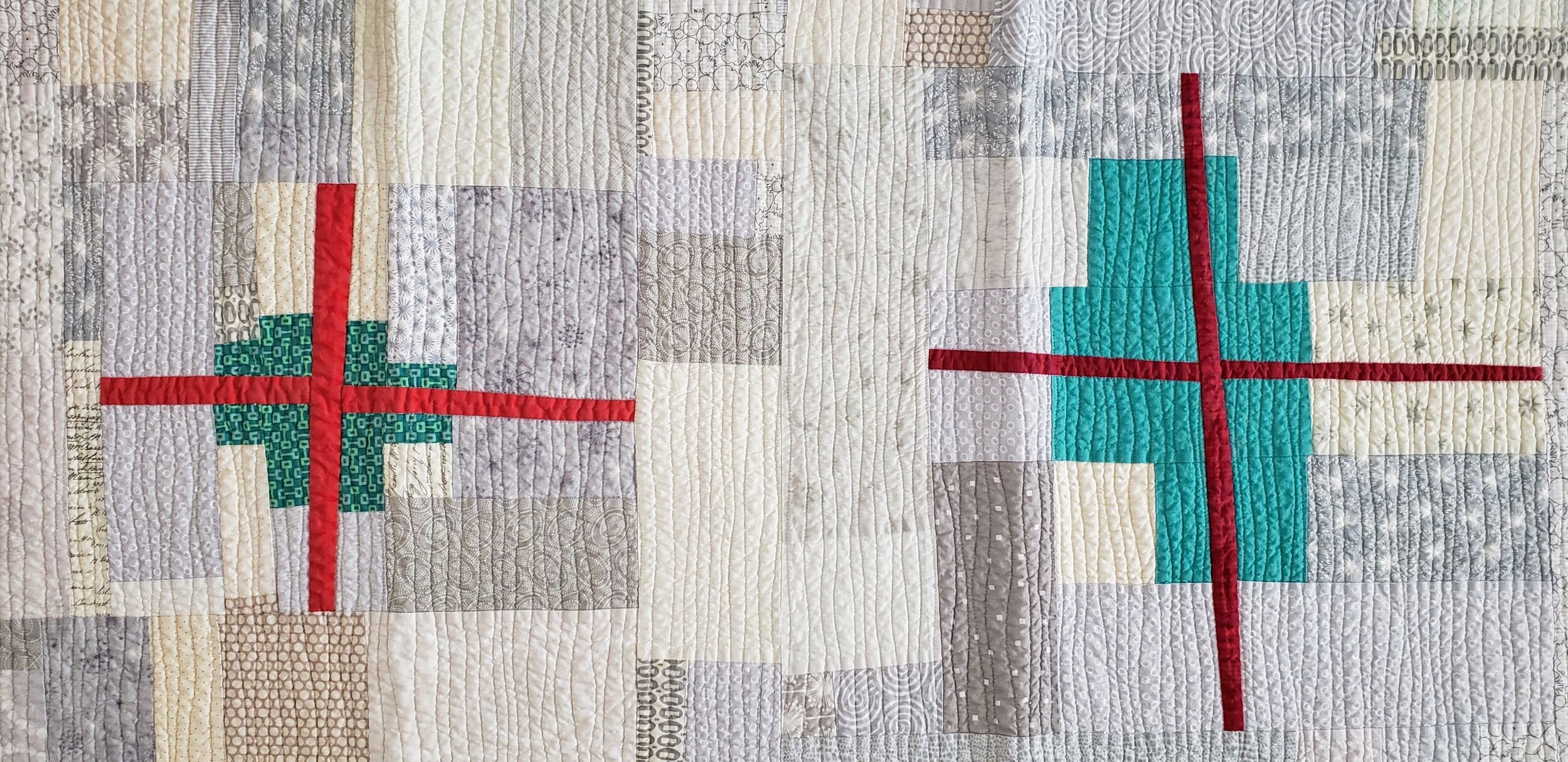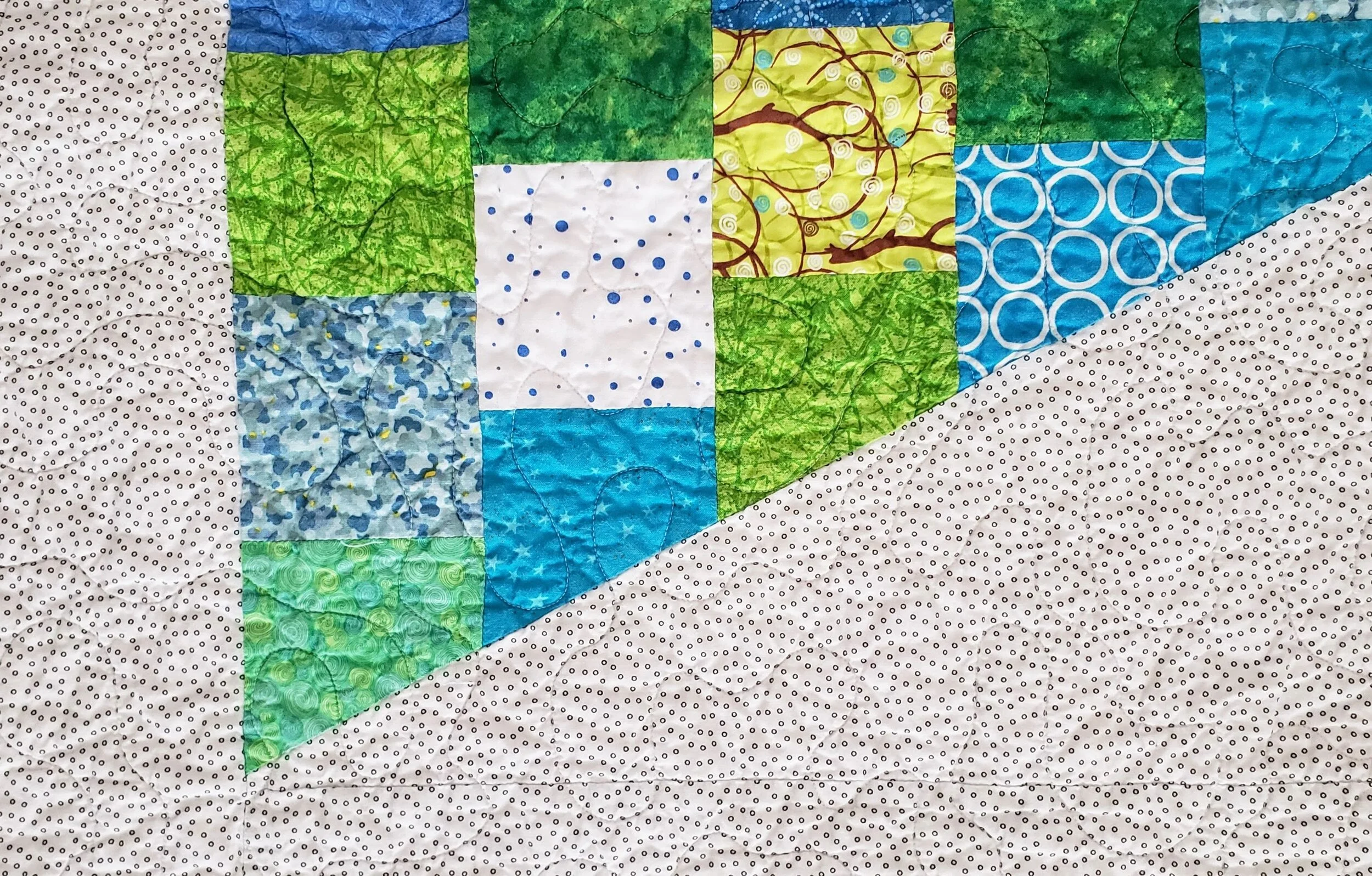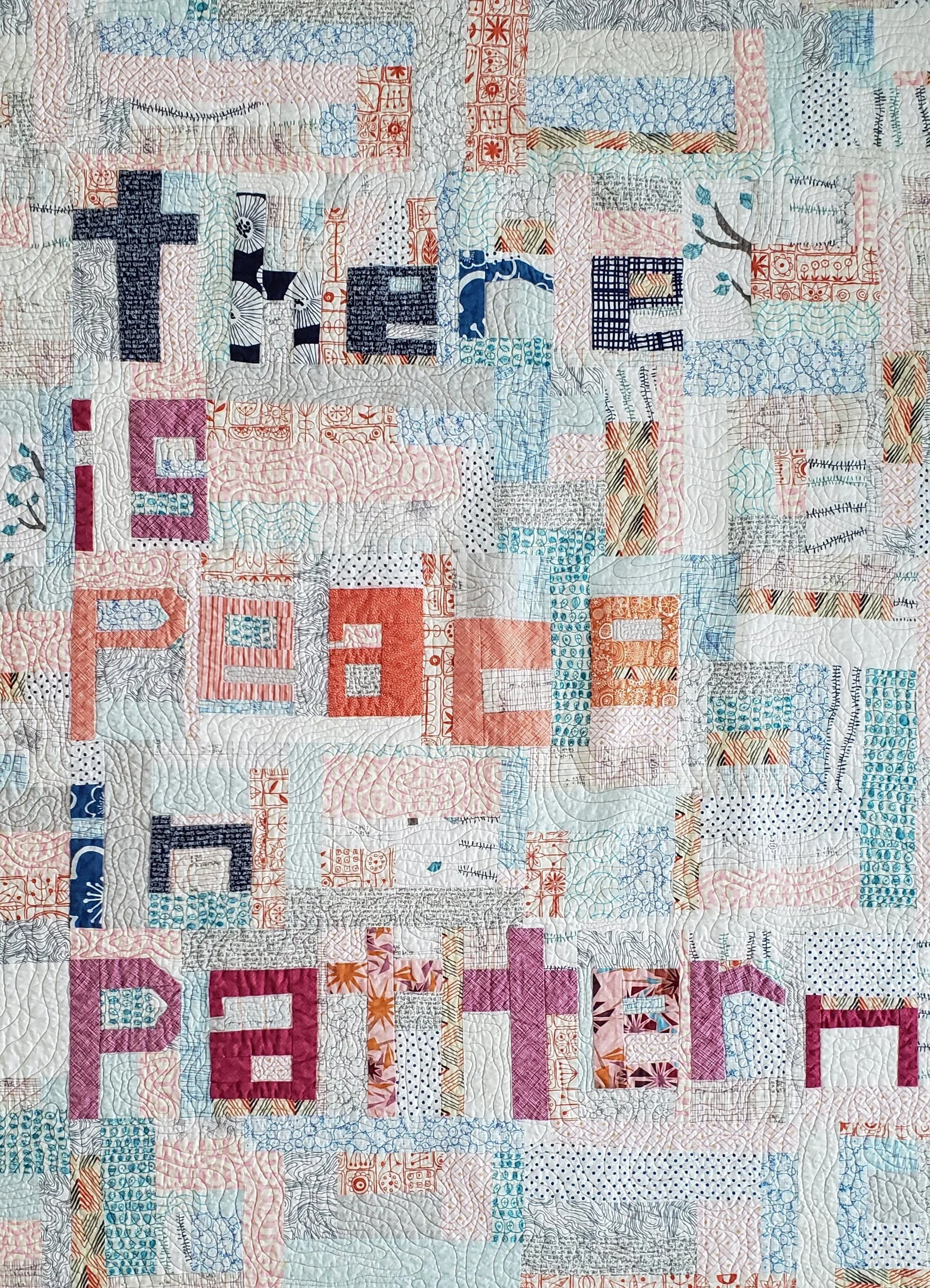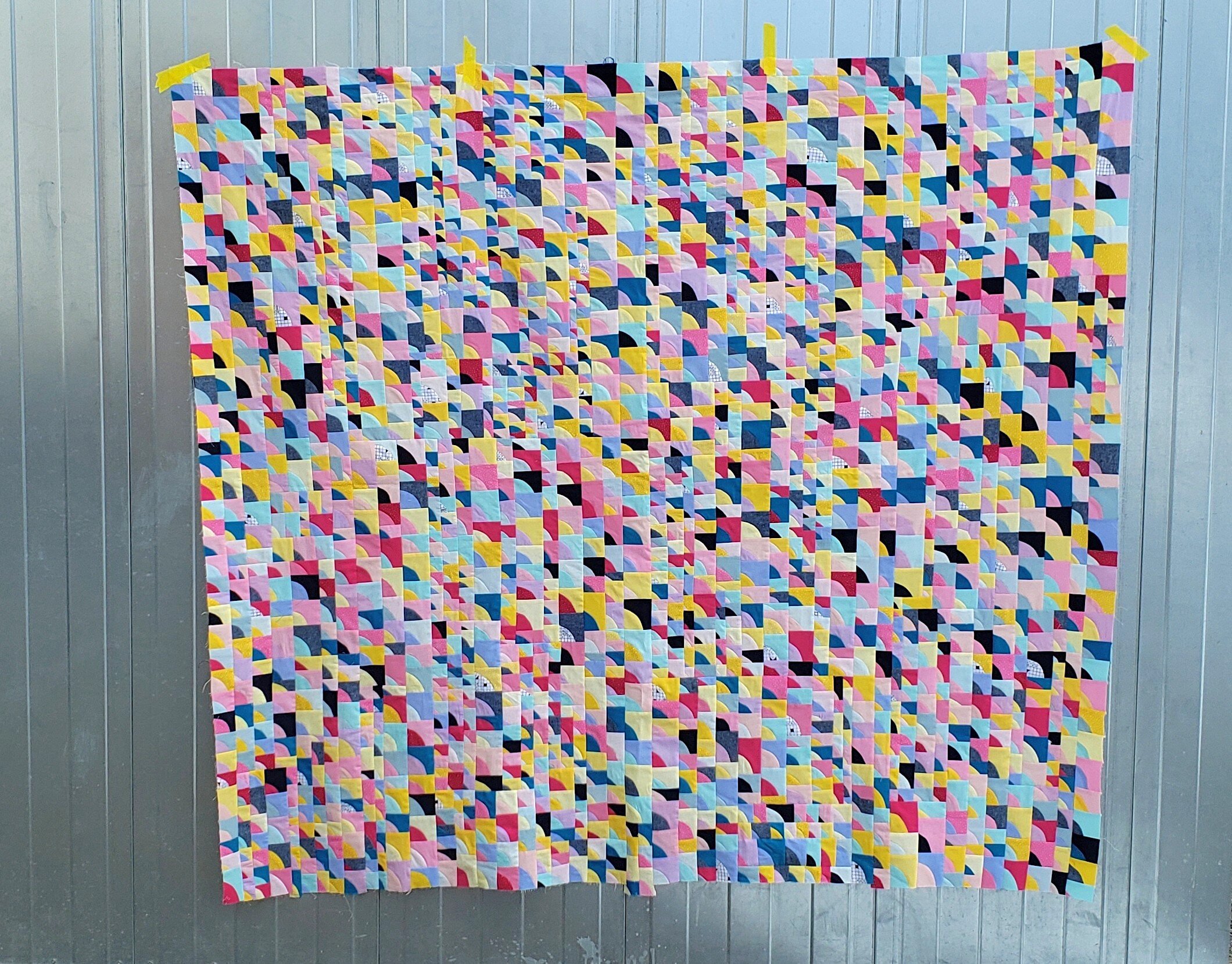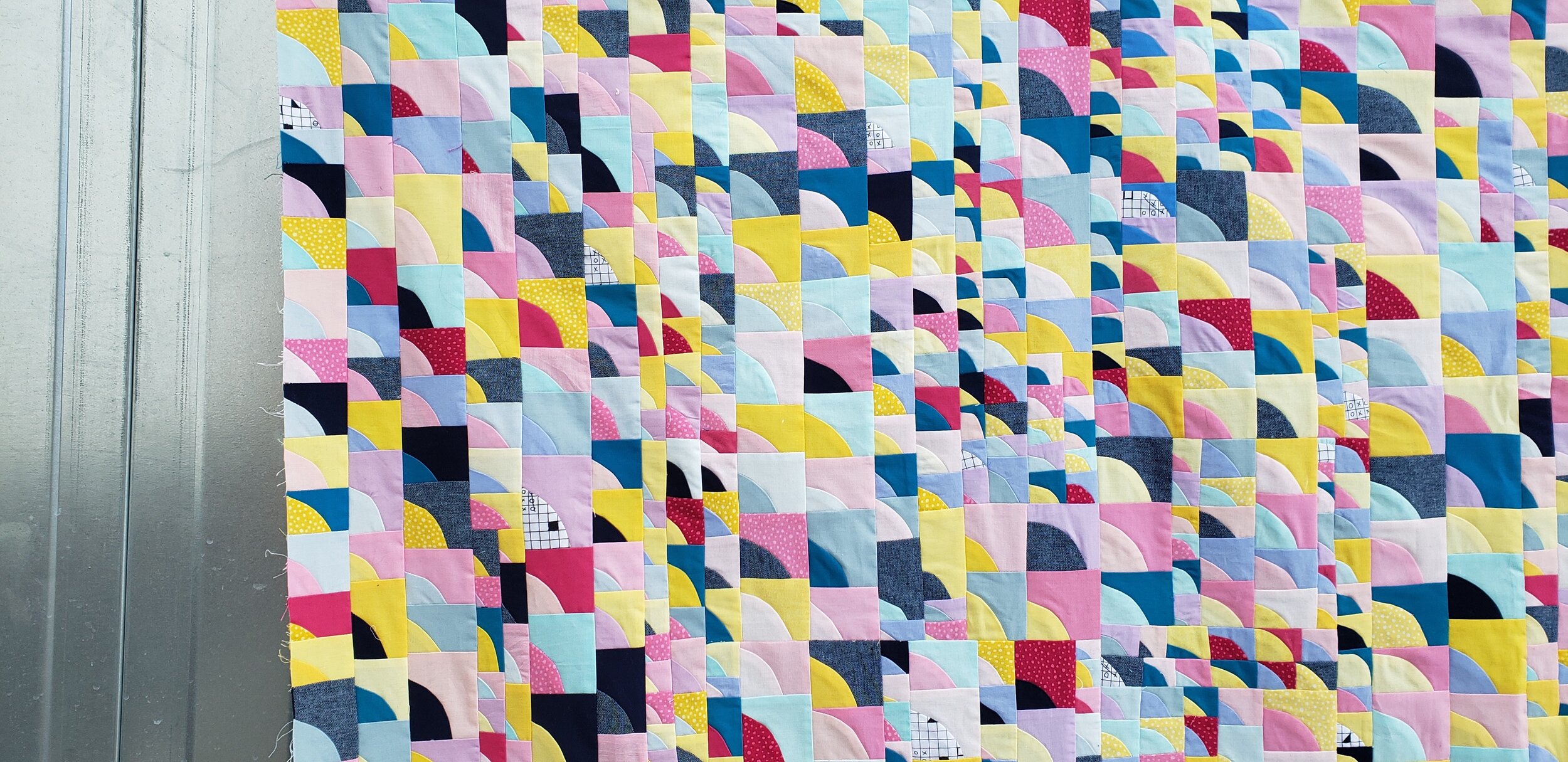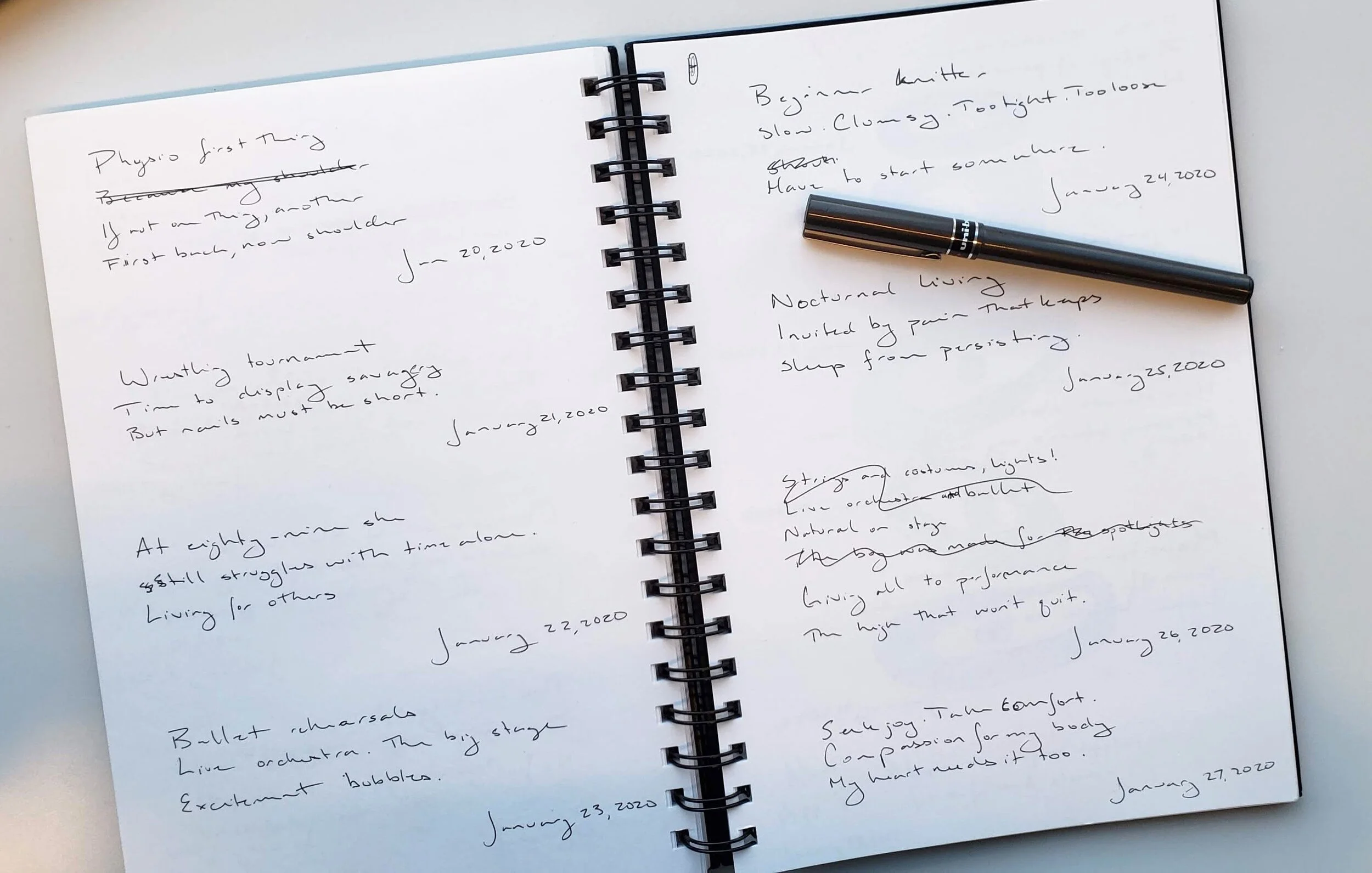When I passed the halfway mark a few weeks ago I must admit that I had conflicting emotions. On the one hand, I was thrilled that I’d made it this far. On the other, I’d only made it this far?
My trip to Australia was nearly 4 years ago, and that is where the original inspiration for this quilt came from. The threshold to a cafe in a little town called Euroa. Turns out that tile was pretty common in Australia as I’ve heard from many people since that they or their grandparents had it in their house. I made the first block… let me check now… in April of 2017.
It took me almost 3 years to get halfway.
I do recall not touching the blocks when I had a bout of tennis elbow. That was months and months of no hand stitching (completely solved by getting a new pillow, by the way). Some weeks and months the work is constant in any down the or pool deck or outside the dance studio time. Then I may not touch a block for a few weeks.
So yeah, I may be a bit bummed that it’s taken almost 3 years to get this far, I can fully acknowledge and appreciate that life is life. Also, I am doing this entirely by hand. That’s a lot of work adding up to something glorious. Well, I think it’s glorious.
In the end, I have no doubt that this will be a special quilt. For the memories of the inspiration, gratefulness for the moments of making, gratitude for my hands and body being able to bring this together, and pure love for the beauty. If it takes me another 3 years to finish, then so be it.
All I know is that I wold love to go back to Euroa when it is done to take a picture in its inspirational namesake.
For those curious…
Each block contains 16 pieces. I can print the templates on a piece of card stock. Indeed, I designed the templates so that they could be printed easily, that’s why each block is 8’’ square.
I pick the fabric for each block in a way I would refer to as controlled random. I have a stack of fabric and try not to have the same fabric too close to itself. Otherwise, I am not too fussy about it.
Each block gets prepped by cutting apart the template, picking the fabric, glueing the template to the fabric with a dab from a glue stick, then trimming excess fabric.
Thread basting works best for me. It is the most portable, a must have option for me. Also, it’s a great way to use the bit of thread left on a bobbin or spool that would otherwise be wasted.
Once I have all 16 pieces basted I stitch them together with a flat back stitch.
4 blocks together become a mega block. 5 mega blocks become a column. There will be 5 columns in the finished quilt.
